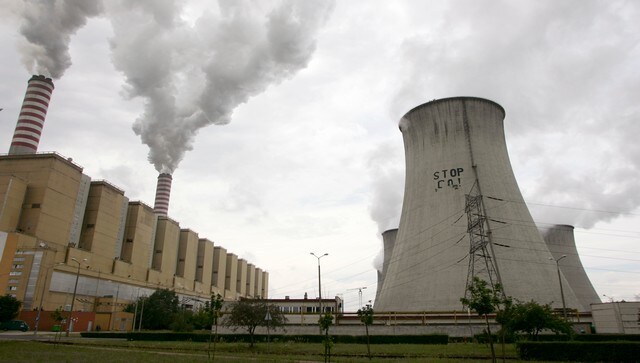South Korea researchers use bacteria to convert CO2 into bioplastic; here's how
The researchers at KAIST assert that their system is 20 times more productive compared to similar systems that have been tested in the past.

Representative image. Reuters
Bacteria that can eat plastic and break it down rapidly have recently been gaining a lot of interest. This offers a microscopic solution to the global plastic crisis. A popular type of bacteria can reportedly turn carbon dioxide from the air into useful bioplastic. Chemical engineers at the Korea Advanced Institute of Science and Technology (KAIST) in Daejeon, South Korea, have created a system that uses Cupriavidus necator, a type of bacteria, to convert carbon dioxide (CO2) into a bioplastic that is commonly used. Hyunjoo Lee and Sang Yup Lee, who are biomolecular engineers and led the study at KAIST, are positive that their method can be expanded to a larger scale. They believe that it may contribute to a transformation in the way plastics are manufactured.
“The results of this research are technologies that can be applied to the production of various chemical substances as well as bioplastics and are expected to be used as key parts needed in achieving carbon neutrality in the future,” media reports quoted the engineering duo as saying. This study has been published in the Proceedings of the National Academy of Sciences of the United States of America (PNAS).
In the system designed by the researchers, a machine called an electrolyzer change gaseous carbon dioxide into a substance called formate. Then, this format is given to the bacteria in a fermentation tank, where they use it to create a biodegradable and compostable polyester called poly-3-hydroxybutyrate (PHB). The bacteria, Cupriavidus necator, are known for making PHB and similar compounds from different sources of carbon. In this scenario, Cupriavidus necator bacteria consume the formate generated from the electrolysis reaction and store PHB granules in their cells. These granules can be harvested from the cells to extract the PHB bioplastic.
In laboratory experiments, it was observed that Cupriavidus necator cells in the hybrid system were able to produce a significant amount of PHB. In fact, after 120 hours or 5 days of operation, the polyester product accounted for up to 83 percent of the bacteria’s dry cell weight. Based on these findings, the researchers assert that their system is 20 times more productive compared to similar systems that have been tested in the past.
The team also states that their system can function continuously without interruptions, as long as the bacterial cells are replenished on a daily basis and the plastic product is removed to sustain the ongoing reactions.
Read all the Latest News, Trending News, Cricket News, Bollywood News,
India News and Entertainment News here. Follow us on Facebook, Twitter and Instagram.
also read

Korean scientists develop twistable battery
An invention that scientists at the Korea Advanced Institute of Science and Technology (KAIST) are working on, has the potential to change the way future phones could be used.

Not all plastic is toxic: Bioplastics are made from wood, biodegradable material
Demand is set to rise, and emissions from producing plastic might reach 15% of global emissions by 2050.

Now, text and type on virtual keyboard with 'smart' glass
Scientists have developed smart glasses with stereo-vision that allow users to text a message or type in key words for internet surfing by offering a virtual keyboard for text and even one for a piano.
